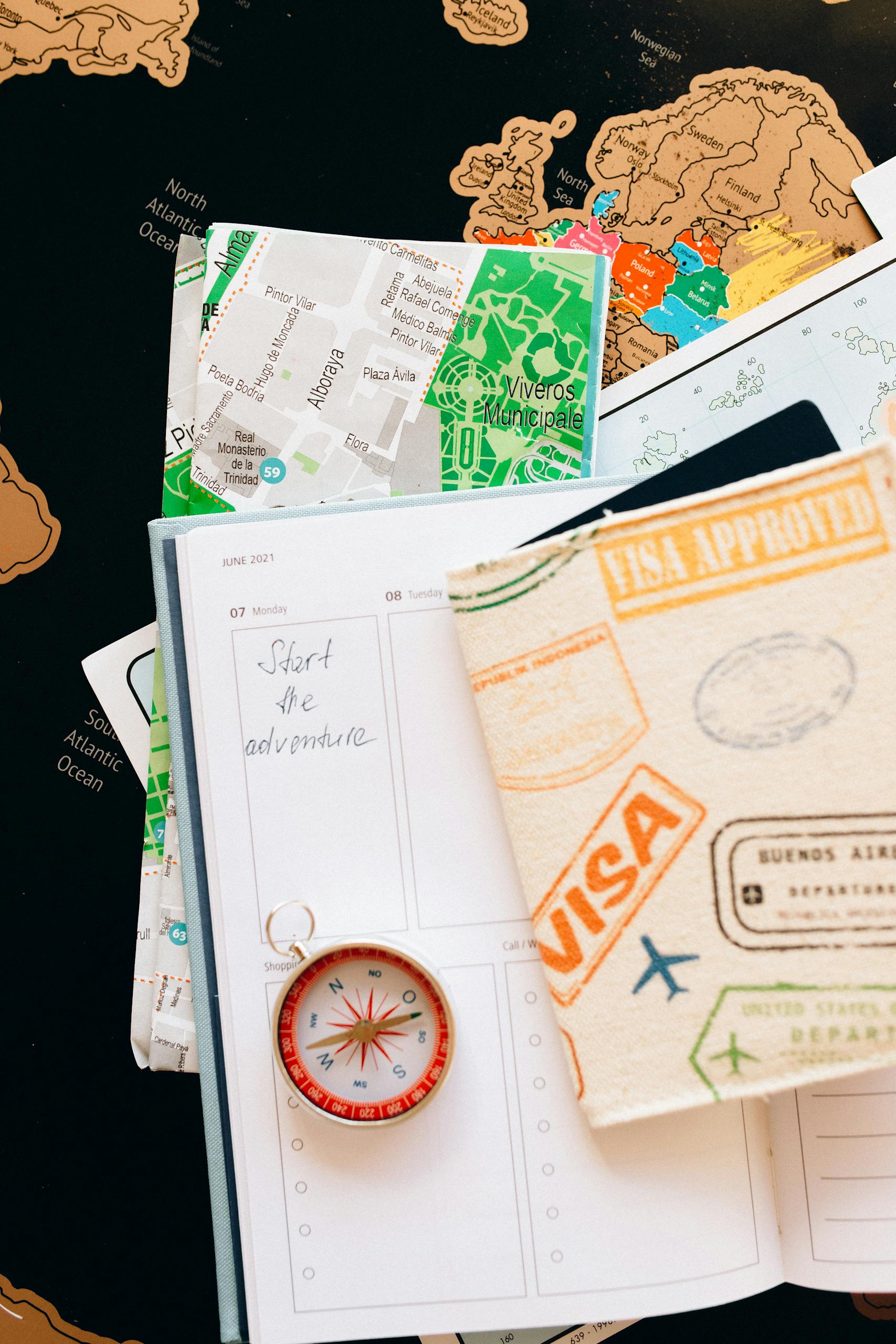Avoid these 6 Common Mistakes When Applying for a Visa: How to Get it Right.
Applying for a migration visa is one of the most exciting but nerve-wracking steps when moving to a new country. The thrill of starting a new chapter can quickly turn to frustration if the visa process doesn’t go smoothly. As someone who’s helped countless individuals successfully navigate this journey, I know how overwhelming it can feel. The truth is, that common mistakes when applying for a visa could cost you both time and money.
But don’t worry, I’ve got you covered. In this article, I’m going to walk you through the most common mistakes when applying for a visa—and more importantly, how to avoid them. Whether you’re migrating for work, study, or a fresh start, I’m here to help you get it right without breaking the bank.
1. Incomplete or Incorrect Documentation
One of the most common mistakes when applying for a visa is submitting incomplete or incorrectly filled-out forms. It sounds simple, but trust me, this trips up so many people. Immigration authorities are sticklers for detail—if there’s even a single form that’s incomplete or a document missing, your application could be delayed or, worse, rejected.
When you submit a visa application, you’re essentially giving the immigration officer everything they need to make a decision about your future. Missing documents or filling out a form incorrectly tells them one thing: you’re not thorough. In the world of visa applications, this can be enough to end your chances before they even begin.
How to Get It Right
I always recommend using a document checklist provided by the visa authorities. This simple step ensures you’re aware of every required document and signature. If you’re not sure about something, don’t guess.
2. Not Understanding Visa Requirements for Your Specific Category
This is another one of the common mistakes when applying for a visa. Migration visas aren’t one-size-fits-all. Depending on whether you’re moving for work, education, or family reunification, the requirements will vary significantly. I’ve seen people apply for the wrong visa entirely, only to realize months later that they didn’t qualify in the first place.
Each visa category has its own set of rules and qualifications. For example, a student visa might require proof of enrollment in an accredited institution, while a work visa will need documentation of a job offer. If you don’t meet the specific requirements for your category, your visa application is likely to be rejected, and you’ll have to start the process all over again.
How to Get It Right
Research your visa category carefully. Understand exactly what’s required before you even start gathering documents. If you’re unsure, seek advice. One of my clients was looking to apply for a skilled worker visa but didn’t realize that his qualifications didn’t meet the minimum requirements. We caught the mistake early and helped him apply for a different visa, which fit his profile much better. Here is what you need to know about different visa types
3. Ignoring Financial Proof Requirements
Money matters, and nowhere is that more evident than in migration. One of the common mistakes when applying for a visa is underestimating the financial proof requirements. Most countries will ask you to demonstrate that you have enough funds to support yourself while living there. Failing to provide this proof is a surefire way to get your visa application denied.
Countries want to ensure that you won’t be a financial burden on their economy. If your bank statements don’t show sufficient funds, or if you’re relying on vague promises of financial support, your visa could be at risk. Even if you’re planning to work after migrating, you still need to prove you can support yourself in the meantime.
How to Get It Right
You need to provide clear, detailed evidence of your financial stability. This could be bank statements, sponsorship letters, or proof of scholarships if you’re a student. You can check out Financial Documents required for student visa and other visa requirements
4. Failing to Meet Deadlines or Mismanaging Timing
Timing issues are another one of the common mistakes when applying for a visa. When it comes to visa applications, timing is everything. Unfortunately, many applicants make the mistake of waiting until the last minute to submit their documents, or worse, they miss deadlines altogether.
Visa processing times vary from country to country, and missing a deadline could delay your move by months. I once had a client who booked her plane ticket before her visa was approved (a big no-no), and she ended up having to reschedule her flight because her visa wasn’t processed in time.
How to Get It Right
Start early and give yourself plenty of time to gather all the necessary documents. Once you’ve submitted your application, keep track of your processing timeline. Some countries offer fast-track options if you’re in a hurry, but they often come at an extra cost.
Pro Tip: Use a calendar or project management tool to keep track of important dates and deadlines. Set reminders for yourself to submit documents, attend interviews, or follow up on your application status.
5. Not Seeking Professional Help When Needed
Let’s be honest—visa applications are complicated. A lack of professional help is one of the most common mistakes when applying for a migration visa. While some people are able to navigate the process on their own, many more struggle. Yet, they still refuse to ask for help. Trying to do everything yourself, especially if you’re unfamiliar with the process, can lead to costly mistakes.
Visa regulations and requirements are constantly changing, and without up-to-date knowledge, it’s easy to overlook something crucial.
How to Get It Right
Consider investing in a migration consultant or visa specialist, particularly if your case is complex. A professional can help you avoid the most common pitfalls and ensure you meet every requirement.
6. Neglecting to Follow Up on Your Application
One last common mistake to avoid is failing to follow up on your visa application. Once you’ve submitted your application, it can be tempting to sit back and wait. But failing to follow up could mean missing important updates or additional document requests.
Sometimes immigration offices require further information or documents after your initial submission. If you miss these requests, your application could be delayed or even denied.
How to Get It Right
Regularly check the status of your application online or through the immigration office’s official channels. Keep an eye on your email for any communication from the immigration authorities and respond promptly.

Conclusion: How to Ensure a Smooth Migration Visa Process
The migration visa process doesn’t have to be a nightmare. By avoiding these common mistakes when applying for a visa—incorrect documentation, misunderstanding visa requirements, overlooking financial proof, poor timing, skipping professional help, and failing to follow up—you’ll greatly improve your chances of success.
Remember, it’s all about being prepared, organized, and thorough. If you ever feel overwhelmed, don’t hesitate to reach out for professional assistance. A little help can go a long way in ensuring you avoid costly mistakes and get your visa approved without breaking the bank.
Need help with your visa application? You can check out our FREE PDF, it contains a checklist for tourist and work visa requirements to the UK, Canada and the Schengen Visa to ensure your application is foolproof.
Let’s make your dream of migration a reality—without the stress.







